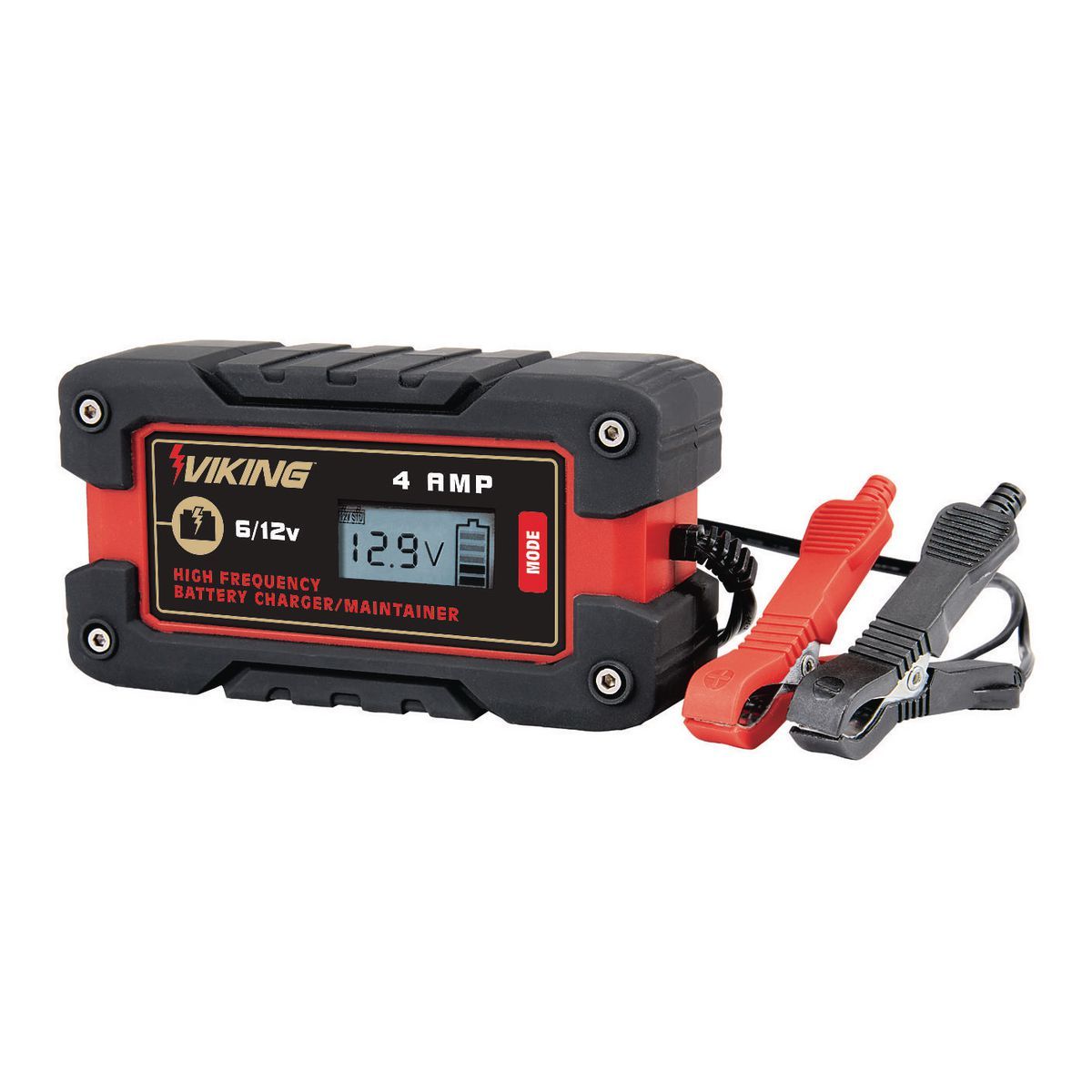I have never done that, ever. Don't see that it's going to make any difference with numbers like I've just posted.
I agree with Schurkey regarding the need to open the throttle while testing.
This removes a troubleshooting variable. While trying to diagnose this remotely
we are trying to match up your results to other 'known good' motors we've
worked on in the past. Sure, with the throttle sitting on the idle stops you
will get a reading.
But are your throttles barely cracked? Or where is your Idle Air Control valve
currently sitting? Has it moved since the last time we attempted a compression
test? Trying to quantify a compression test measurement with uncontrolled
variables, and you end up with squishy results that don't provide real insight
to the problem we're trying to figure out.
****
Another mistake I commonly see is performing a compression test by sequentially
removing the spark plugs one at a time, and when the results are reported, there
are skewed results. But what's not reported is that at the start of the compression
test the battery was full and the starter was cool. But by the end of the test
the engine was cranking over much slower, which *will* affect the observed results.
So, when I'm helping someone with a compression test, it looks like this:
* Make sure the battery is fully charged.
* Pull all the plugs. (Easier on the battery/starter, plus more consistent results between the first and last cylinders tested.
* Disable the fuel delivery.
* Disable the spark delivery.
* Have a known-good test setup like Schurkey described.
* Test each cylinder, writing down the results for each cylinder. (Which you did, good!)
My motivation is not to be pedantic or make you jump through hoops unnecessarily.
The clearer the picture we get while looking remotely into your engine bay, the more
valid our recommendations will be.
Last edited:



